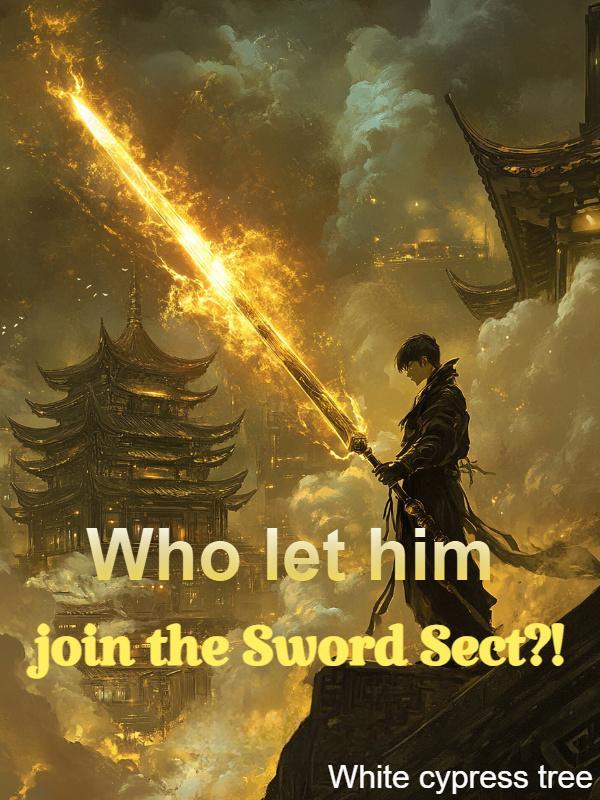©WebNovelPub
Video Game Tycoon in Tokyo-Chapter 998: A Game That’s the Same, Yet Somehow Different
Chapter 998 - A Game That's the Same, Yet Somehow Different
Every viewer who watched Takayuki's stream had the same thought:
"So this is how you do side jobs in a game? I learned something new today."
The game was ridiculous in a fascinating way.
And this was only the appetizer.
This version of GTA: Liberty City Chapters had far more to offer—what they were seeing now was just the tip of the iceberg.
Next, Takayuki had the character do some more jobs: driving an ambulance, delivering packages, and so on. Each job rewarded different amounts of money.
But occasionally, shady job posters would withhold payment.
After one delivery mission, Takayuki noticed that his in-game bank account didn't reflect any earnings.
So, using the in-game phone, he contacted the job poster—only to find the number had been disconnected.
...
...
This immediately resonated with many viewers in the chat.
"Damn! Can't believe there are jerks like that even in a game! Stealing wages!"
"What are you waiting for? Go hunt him down!"
"I'm timid in real life, but in a game? No way I'm letting that slide! Streamer, if you find the guy, I'll donate right now!"
Not everyone had experienced wage theft in real life, but it was one of those injustices that people could relate to easily.
It hit even harder than the earlier scene where Takayuki beat up the NPC who had filed a complaint.
Naturally, Takayuki didn't hesitate.
To find the job poster, he had to use special means.
That meant hiring someone through the in-game internet—essentially a hacker—to trace the person's info, which cost a little extra in-game cash.
But viewers didn't care at all about spending in-game money. After all, it wasn't real money, and you could always earn more. What mattered was not letting this injustice go unpunished.
Of course, the game streamlined this process—you weren't really expected to go through every real-life step. The point was to give players a second life that felt real, but played better than real life.
So, within seconds, the phone received the location of the shady NPC.
Once again, Takayuki jumped in a car and headed out.
Then came the beatdown—mercilessly thrashing the guy who dared withhold wages.
The viewers were delighted.
So much so that many of them immediately left the stream.
Not because they were bored—but to go buy the game.
GTA: Liberty City Chapters hadn't launched on the BattleNet platform yet; it was a strategy to drive up console sales.
So a lot of viewers headed straight for nearby electronics stores or department stores to grab the console and the game.
"Hurry up and buy one! If you wait, they'll be sold out!"
But those concerns were unnecessary. Gamestar Electronic Entertainment had always been well-stocked.
Besides, the game could still run on the older consoles—though the experience would be worse. This game heavily relied on next-gen AI computation to bring NPCs to life. On older consoles, the NPCs were more like stiff mannequins.
So anyone who wanted the full experience would naturally buy the newest console.
Takayuki's stream continued. After playing some side content, he returned to the main story.
The side activities served two purposes: to show off features and to help the character earn money. Later missions involved intense shootouts, so it helped to have cash ready for weapons and ammo.
Of course, you didn't have to play that way. Speedrunning the main story was entirely possible.
But simply replaying old games he'd already experienced in his previous life wasn't enough to excite Takayuki.
It was the fusion of new technology with classic games that rekindled his passion as a lifelong gamer.
The original GTA IV had quite a few flaws.
Now that Takayuki had arrived in this world, he'd personally seen to fixing every one of them.
For example, the car handling in early GTA IV was notoriously bad. If it hadn't been for the compelling story and the fact that it was groundbreaking for its time, it might not have left a strong impression on him at all.
So in this world, Takayuki completely overhauled the driving mechanics.
To do it right, he brought in veteran vehicle physics designers from the team that once worked on Need for Speed.
Then there were the character animations.
With teams experienced in developing action-heavy games like Monster Hunter and Street Fighter, animating realistic, fluid character movement for GTA was no longer a challenge.
In this world, GTA IV had been completely reborn—with gameplay far superior to the original.
Naturally, it also had a much bigger budget.
But that wasn't a problem.
Gamestar Electronic Entertainment had no shortage of money.
Gamestar Amusement Parks were once massive money sinks, but they now generated massive revenue. They could fund new parks just from existing profits, expanding both reach and income.
Their other games continued to rake in profits, and annual game sales events brought in waves of cash. Compared to the revenue flow, even GTA IV and Cyberpunk 2077's budgets looked modest.
Still, Takayuki had preserved a few elements from the original version.
For example, the game's slightly gray, moody color palette.
Back when the original released, that visual tone was popular. Most games from that era had a muted, grayish tint. Coincidentally, it also fit the emotional tone of GTA IV, so it worked well here too.
There were also many small improvements—like quick saves, more minigames, and a feature that let players skip a mission if they failed it too many times.
All of these were lessons the original GTA developers learned later on—Takayuki simply incorporated them right from the start.





![Read The Royal Military Academy's Impostor Owns a Dungeon [BL]](http://static.novelbuddy.com/images/the-royal-military-academys-impostor-owns-a-dungeon-bl.png)
